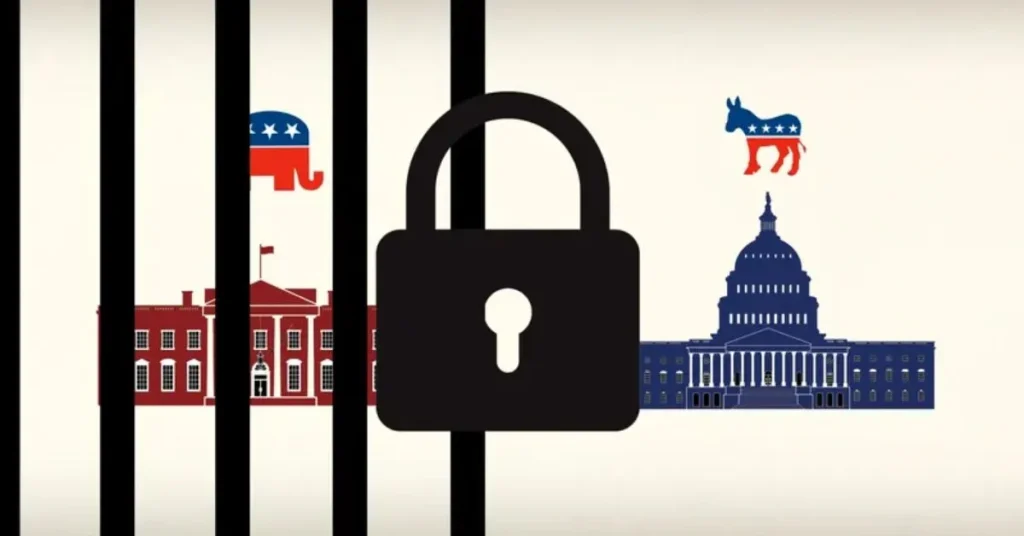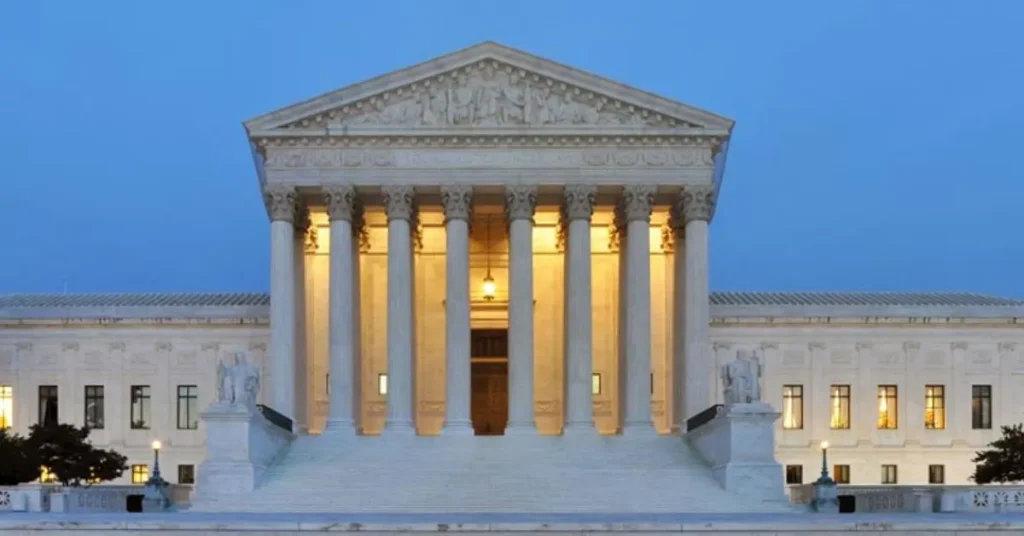As the United States approaches the midterm elections in 2024, it is essential to grasp the significance of this electoral event and its implications for the political landscape.
Midterm elections occur every four years, halfway through a president’s term, and involve the election of members of Congress, state governors, and various local offices. Here are some key points to understand about the 2024 midterm elections.
What Are Midterm Elections?
Midterm elections are general elections held in the U.S. every two years, during which voters elect representatives to the House of Representatives and a portion of the Senate.
In 2024, all 435 seats in the House and 34 of the 100 Senate seats will be contested. Additionally, 11 states will hold gubernatorial elections, and numerous state legislatures will also be up for grabs.
Historical Context
Historically, midterm elections have often resulted in losses for the party that holds the presidency. This trend is attributed to various factors, including voter fatigue with the incumbent party and the mobilization of opposition voters. For example, in the 2022 midterms, the Democratic Party managed to maintain control of the Senate while losing some seats in the House, a performance that defied historical expectations.
Key Issues at Stake
Several critical issues are expected to dominate the 2024 midterm elections, including:
- Economy: Inflation, job growth, and economic recovery post-pandemic will be central to voters’ decisions.
- Healthcare: Access to affordable healthcare and the future of programs like Medicare and Medicaid will be significant topics.
- Abortion Rights: Following the Supreme Court’s decision to overturn Roe v. Wade, abortion rights have become a pivotal issue in many races.
- Gun Control: Recent mass shootings have reignited debates over gun control measures, making it a key concern for many voters.
- Climate Change: Environmental policies and climate action are increasingly important to voters, particularly younger demographics.
Voter Turnout and Engagement
Voter turnout is typically lower in midterm elections compared to presidential elections. However, recent trends indicate that engagement may be higher in 2024 due to heightened political polarization and significant issues at stake.
Mobilization efforts by both parties, especially among young voters and minority groups, will play a crucial role in determining the outcome.
Potential Outcomes
The results of the 2024 midterm elections could significantly impact President Biden’s ability to advance his agenda. If Republicans gain control of either the House or Senate, they could obstruct Democratic initiatives and launch investigations into the Biden administration.
Conversely, if Democrats maintain their majorities, they will have a better chance of pushing through their policy goals.
Conclusion
The 2024 midterm elections are poised to be a critical moment in American politics, with far-reaching implications for the future of the country. By understanding the historical context, key issues, and potential outcomes, voters can make informed decisions that will shape the political landscape for years to come.
Also Read:
As the election date approaches, the focus will be on voter engagement and the strategies both parties employ to mobilize their bases and attract undecided voters.


